
Culture
17:58, 19-Dec-2018
First dinosaur drawing by a Chinese artist in Nature magazine
Updated
15:41, 23-Dec-2018
CGTN
04:47
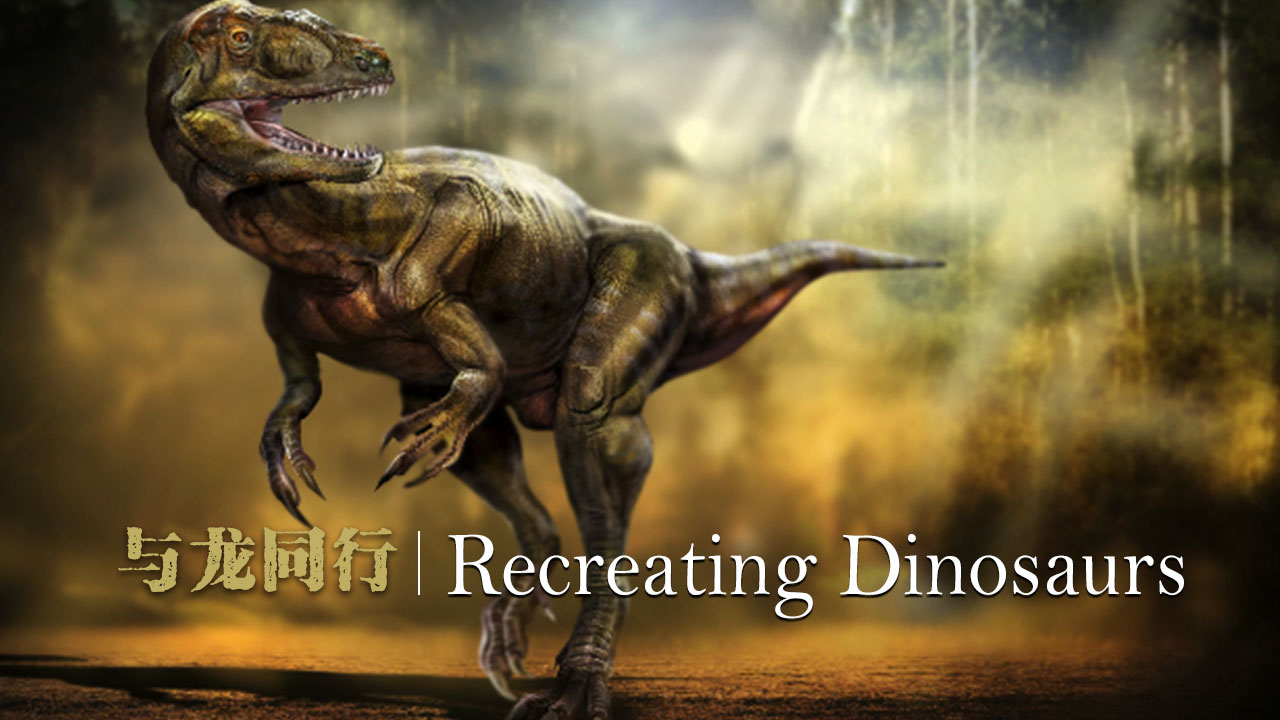
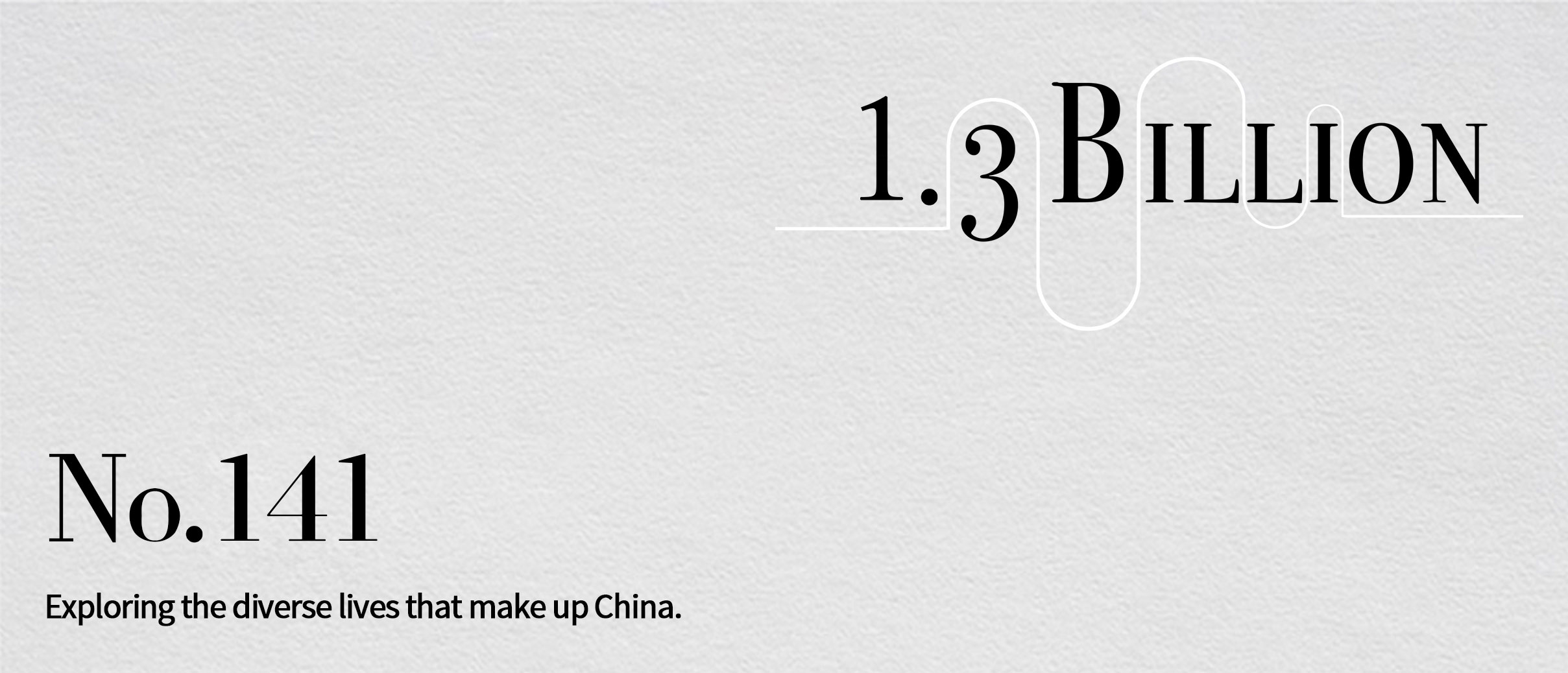
CGTN
CGTN
A drawing of an extinct furry gliding mammal called the Volaticotherium antiquus made the cover of Nature magazine in 2006, making Zhao Chuang the first Chinese artist to have his work receive that honor. A sophomore at the time, Zhao became an instant sensation.
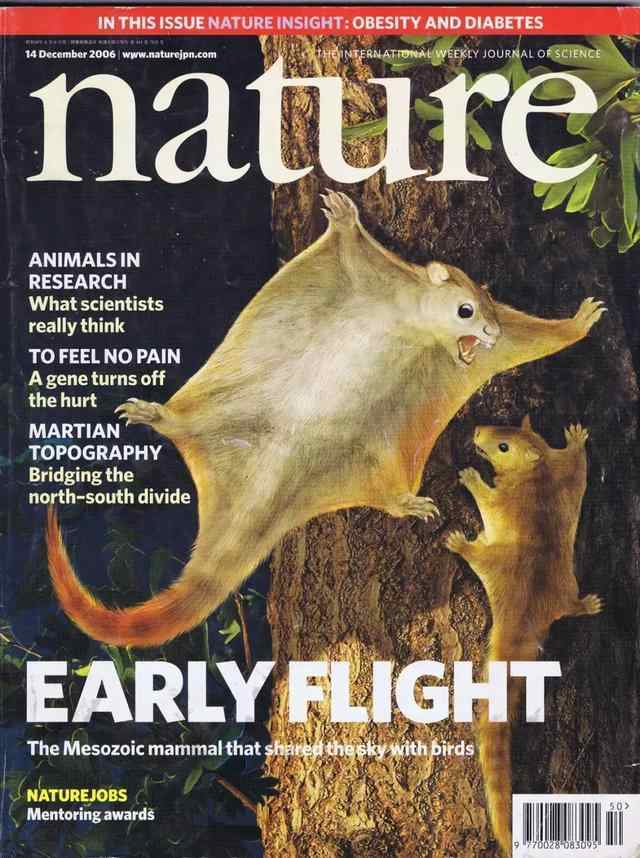
Photo courtesy of Nature
Photo courtesy of Nature
"It started when I posted some of my dinosaur paintings on the BBS (online message board) of the Chinese Academy of Sciences," he recalled. "Professor Wang Xiaolin happened to see them and thought they weren't bad, before he contacted me to collaborate in the reconstruction of an ancient gliding mammal. That's how I got engaged in paleoart."
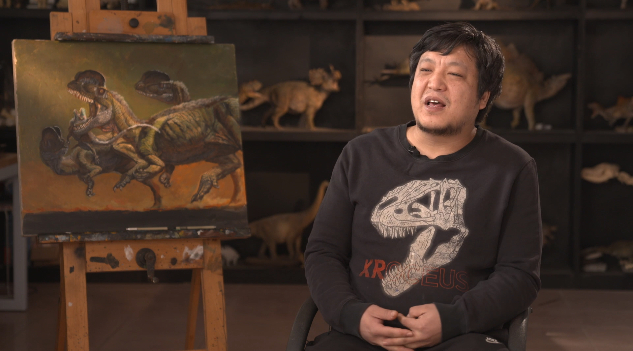
Zhao Chuang /by CGTN
Zhao Chuang /by CGTN
Since childhood, Zhao has had affection for dinosaurs. Once he realized that they actually existed at one point in history, he said it felt like "Superman was real." He started gathering materials to create dinosaur fiction, comics, and illustration handbooks. During college, he found more pictures online of dinosaurs he'd never seen before, which inspired him to work on pictorial reconstructions.
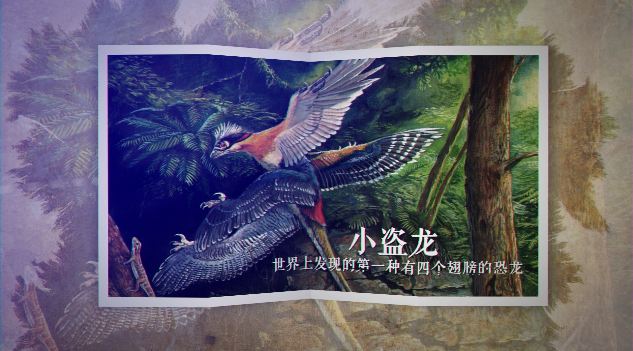
Zhao Chuang's work on Microraptor, world's first discovered dinosaur with four wings /by CGTN
Zhao Chuang's work on Microraptor, world's first discovered dinosaur with four wings /by CGTN
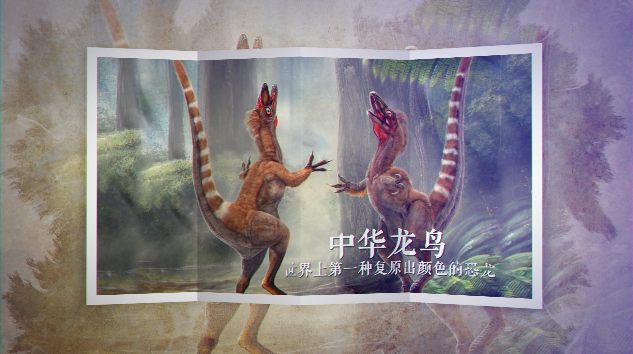
Zhao Chuang's work on Sinosauropteryx, the world's first depiction of the ancient creature /by CGTN
Zhao Chuang's work on Sinosauropteryx, the world's first depiction of the ancient creature /by CGTN
"Any detail must be evidence-based, or you have to provide convincing deduction as to why they look like that with inadequate evidence. Given a dinosaur's forelimb, you should be able to tell how many fingers it had, how many joints there were, whether it was covered with skin or scales. Things like that are definitely required."
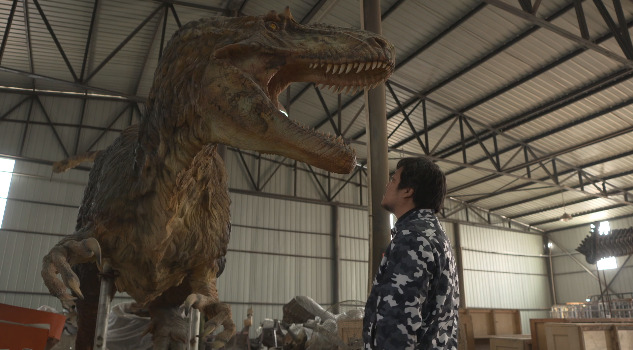
CGTN Photo
CGTN Photo
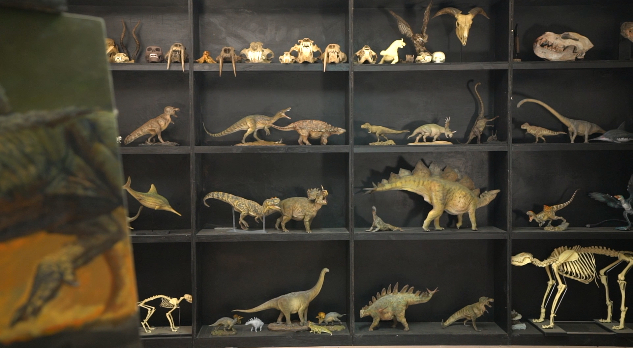
Zhao Chuang's dinosaur collection /by CGTN
Zhao Chuang's dinosaur collection /by CGTN
A paleo-artist is supposed to be truly knowledgeable, which may be the reason why this field has been "sparsely populated."
Before the reconstruction, the paleo-artist must go through a sea of published literature in English, so knowledge of the language is indispensable. In addition to the prehistoric creatures, the artist also has to restore the environment that they inhabited, which is extremely difficult as there are few references.
"As some immature fictional works have stated, 'On the grassland there is one Brachiosaurus walking,' which is obviously wrong, because Brachiosaurus lived in the Jurassic Period when grass hadn't even evolved yet. So to prevent such mistakes, I have to do research on the geological conditions in certain periods. Moreover, how should I depict the details of the scales, when some dinosaurs had their whole bodies covered with them, and I don't have anything to refer to? That means loads of artwork," Zhao explained.
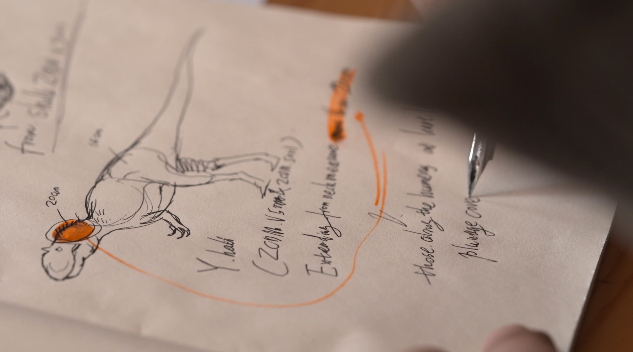
CGTN Photo
CGTN Photo
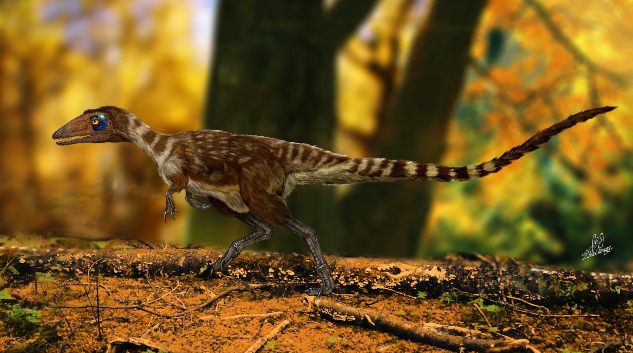
Zhao Chuang's work /by CGTN
Zhao Chuang's work /by CGTN
Most important of all, the paleo-artist needs to master anatomy, because few of the fossils contain more than a couple of bones. To restore the creatures' appearances, one has to take into consideration their muscles, skin and physical features.
"You must figure out their muscle structures, as well as the chest movements when they were breathing in and out. Therefore, from modern animals that have similar structures, I would draw some references and deduce the dinosaurs' muscles and movements. This is really tough work, which I am still learning."
Though the job demands intellect and patience, Zhao's zest for it has never faded.
"When I was a child, I would spend a whole week gathering things about 5 of 10 dinosaurs, while ignoring the other five that were hard to get. Now, if I decided to draw 10 of them, I may feel the urge to draw 10 more during the process. And I have to do it, even without eating or sleeping. The only thing standing in my way might be the lack of beef."
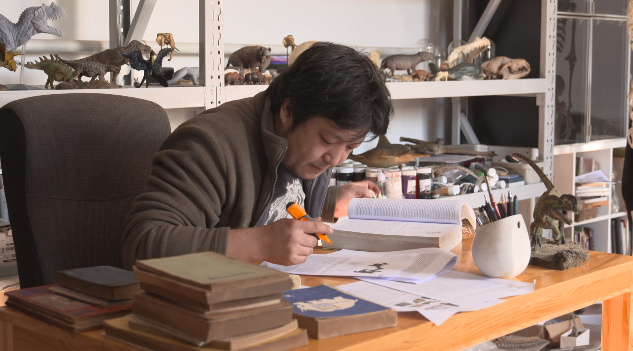
Zhao Chuang at work; /by CGTN
Zhao Chuang at work; /by CGTN
What also makes Zhao stand out from his peers is his skill with digital art. "One of the things I like about Zhao Chuang's style is, first, the way he does his drawings. Because they are digitally done, they can be changed very quickly and modified very quickly. He can make things very realistic as well. So the animals look alive," Dr. Mark Norell, the chairman of paleontology at the American Museum of Natural History, said.
Instead of drawing purely out of interest like when he was a boy, Zhao now draws out of a sense of responsibility.
"In cooperation with the younger scientists, some of them would refer to my drawings as the 'textbook.' I must try to make it 100-percent accurate, avoiding the mistakes that could mislead the younger generations," he said. "Paleoart helps people see through the evolution of natural history and our rightful place on this planet. It's a great thing to do. There aren't many competent people in this field in China. I hope more of them will join us."
At present, Zhao mainly focuses on the reconstruction of prehistoric skeletons and ecosystems, while holding paleoart exhibitions in collaboration with various museums. His works have been selected by a range of international journals. Prestigious museums like the American Museum of Natural History, Rijksmuseum and Beijing Museum of Natural History have also partnered up with him.
Director: Lei Rong, Zhou Yueqing
Cameraman: Li Xiangwei
Editor: Zhou Yueqing, Gao Xingzi
Animation: Liu Li
Story written by: Yao Xinyi
Copy editor: Henry Weimin
Producer: Wen Yaru
Cheif editor: Qin Xiaohu
Supervisor: Pang Xinhua
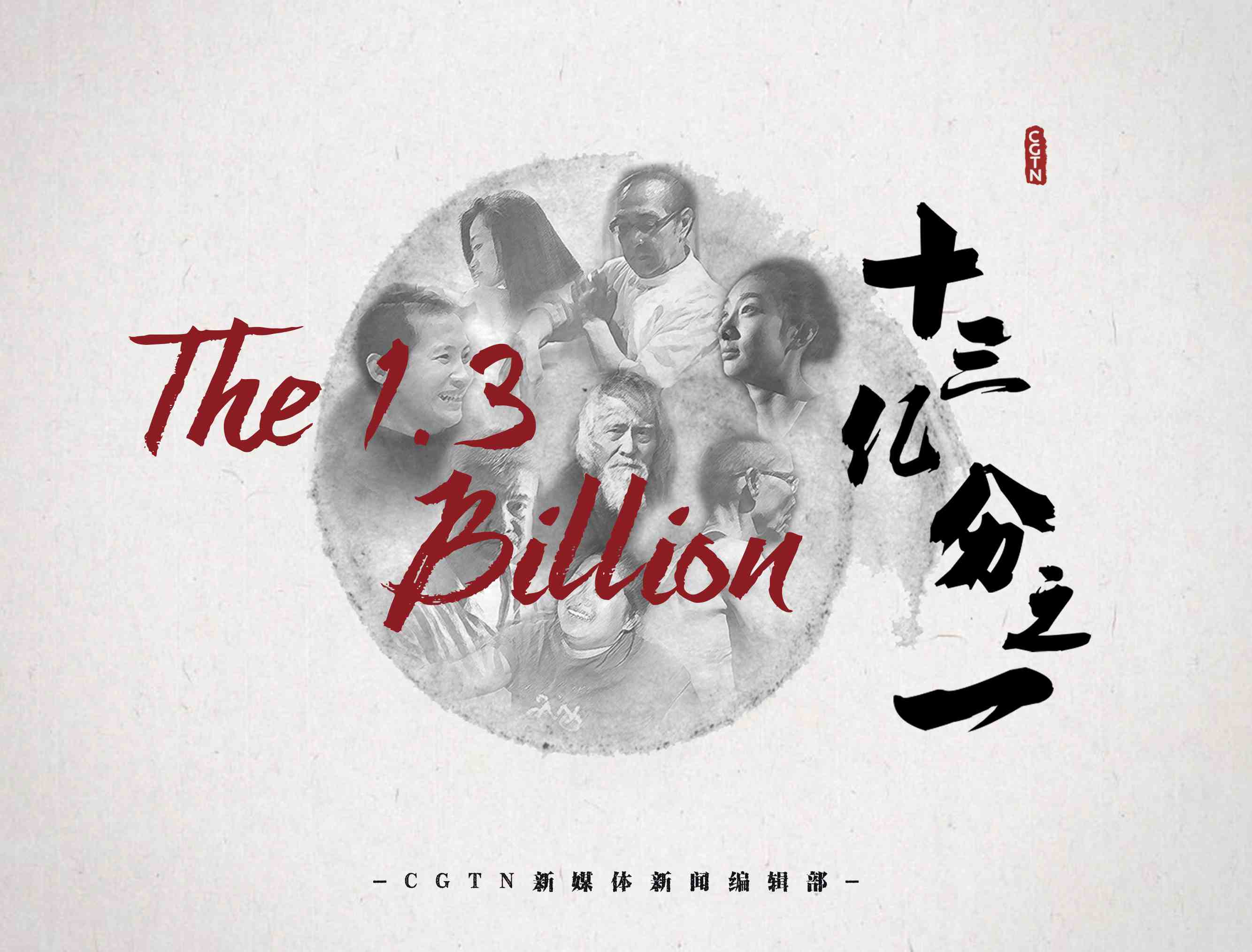
The story is one in The 1.3 Billion series exploring the diverse lives that make up China.
The story is one in The 1.3 Billion series exploring the diverse lives that make up China.

SITEMAP
Copyright © 2018 CGTN. Beijing ICP prepared NO.16065310-3
Copyright © 2018 CGTN. Beijing ICP prepared NO.16065310-3